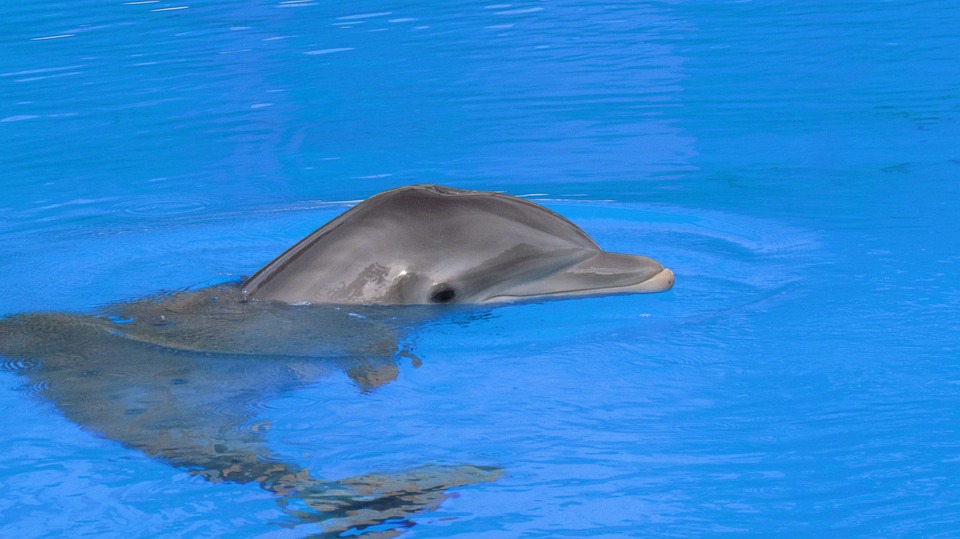Establishing a routine for tank feeding is crucial for minimizing stress and promoting optimal health for your aquarium fish. By following a consistent feeding schedule, you can significantly reduce stress levels among your fish population, promote natural behavior, and contribute to their overall vitality. In this article, we will explore the importance of a feeding routine, discuss key factors to consider during the process, and provide answers to some frequently asked questions.
Promoting Natural Behavior:
One of the main benefits of establishing a feeding routine is that it promotes natural behavior among your fish. In the wild, fish have to forage and search for food, which keeps them active and engaged. By providing a routine feeding schedule, you mimic this natural behavior and help keep your fish mentally stimulated.
Reducing Stress Levels:
A routine feeding schedule can also help reduce stress levels among your fish. When fish are unsure when or where their next meal will come from, it can lead to increased stress and anxiety. By establishing a routine, your fish will feel more secure, leading to a healthier and happier environment.
Enhancing Fish Health and Vitality:
Following a feeding routine can significantly enhance the health and vitality of your fish. Consistency in feeding allows you to monitor their nutrient intake and ensure they are receiving a balanced diet. This, in turn, promotes better growth, vibrant colors, and overall well-being for your fish.
Factors to Consider when Establishing a Feeding Routine:
When establishing a feeding routine, there are several factors to consider to ensure the best results for your fish.
Species-Specific Dietary Requirements:
Different fish species have different dietary requirements. It is essential to research and understand the specific needs of your fish to provide them with the appropriate food. Some fish may require a diet primarily consisting of pellets or flakes, while others may need live or frozen foods.
Tank Size and Population Density:
The size of your tank and the population density of your fish will also impact the feeding routine. Overfeeding in a small tank can lead to poor water quality and health issues for your fish. Additionally, in a tank with a high population density, it may be necessary to feed more frequently to ensure all fish have access to food.
Feeding Frequency and Quantity:
Determining the optimal feeding frequency and quantity is crucial. Some fish may require multiple small meals throughout the day, while others may only need one or two larger meals. It is important to strike a balance between meeting their nutritional needs and avoiding overfeeding.
Observation and Adjustment:
Regularly observing your fish during feeding time is important. If you notice any fish not eating or signs of aggression during feeding, adjustments may be necessary. This could involve changing the feeding location or adjusting the quantity and type of food being provided.
Step-by-Step Guide to Establishing a Feeding Routine:
To establish a feeding routine for your fish, follow these steps:
1. Research and Understand Your Fish Species:
Learn about the dietary requirements and natural feeding behaviors of your specific fish species. This will help you determine the types of food and feeding methods that are most suitable.
2. Determine Optimal Feeding Frequency:
Consider the needs of your fish and determine how often they should be fed. This may vary depending on the species, size, and age of your fish.
3. Select Appropriate Food Types:
Choose high-quality food that meets the nutritional needs of your fish. This may include a combination of pellets, flakes, live or frozen foods.
4. Consistent Feeding Time and Location:
Establish a consistent feeding time and location in your tank. This will help your fish anticipate and expect their meals, reducing stress and promoting natural behavior.
5. Monitor and Adjust as Needed:
Regularly observe your fish during feeding time and make adjustments as necessary. This could involve changing the feeding location, adjusting the quantity of food, or trying different food types to encourage eating.
Frequently Asked Questions (FAQs):
Here are answers to some commonly asked questions about establishing a feeding routine for tank fish:
A. How often should I feed my fish?
The frequency of feeding will depend on the specific needs of your fish species. Research their dietary requirements and determine the optimal feeding schedule accordingly.
B. Can I overfeed my fish?
Yes, overfeeding can lead to poor water quality and health issues for your fish. It is important to provide the right amount of food and avoid excess.
C. What if my fish refuse to eat during feeding time?
If your fish refuse to eat, it may be a sign of stress, illness, or a dislike for the food being provided. Monitor their behavior and consult a veterinarian if the issue persists.
D. Should I consider fasting days for my fish?
Fasting days can be beneficial for some fish species, as it mimics their natural feeding patterns. Consult with a knowledgeable fish expert to determine if fasting days are suitable for your specific fish.
E. Can I vary the diet of my fish within the feeding routine?
Yes, varying the diet of your fish can provide them with a more balanced nutrition. However, it is important to introduce new foods gradually and monitor their response.
F. Is it recommended to feed my fish at the same time every day?
Feeding your fish at the same time every day helps establish a routine and promotes natural behavior. However, if your schedule does not allow for consistency, it is essential to ensure they are still receiving regular and balanced meals.
Conclusion:
Establishing a routine for tank feeding is crucial for minimizing stress and promoting optimal health for your aquarium fish. By understanding the importance of a routine, considering various factors, and following a step-by-step guide, you can ensure that your fish receive the necessary nutrition while thriving in their environment. Remember, a healthy and content fish population is a vibrant and beautiful addition to any aquarium.









